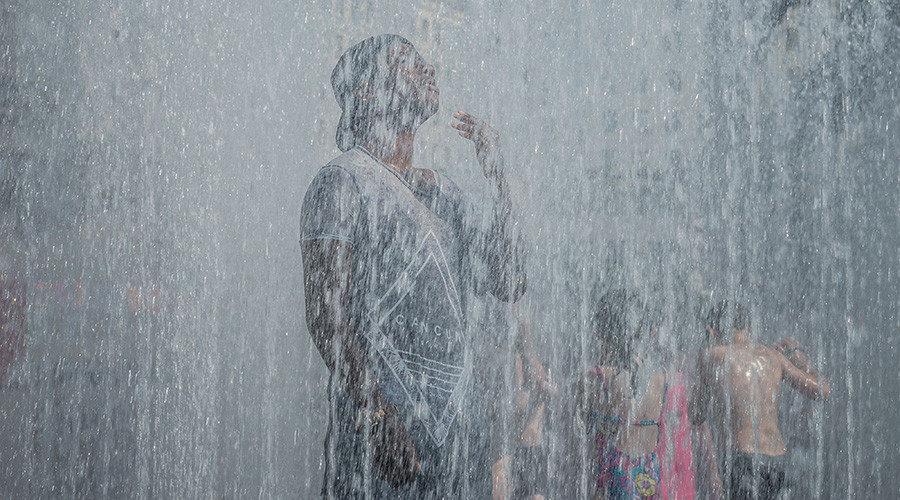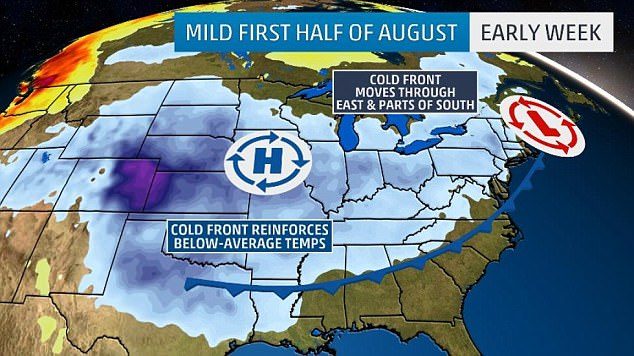
© Velar Grant / Reuters
Ten southern and central European countries have declared a red alert after heatwave 'Lucifer' caused temperatures to skyrocket over 40C, with scientists warning that the extreme heat could end up killing 152,000 people a year by 2100.
Italy, Switzerland, Hungary, Poland, Romania, Bosnia-Herzegovina, Montenegro, Croatia, Slovenia, and Serbia are on red alert, European forecast network Meteoalarm
said on Saturday.
Florence's famous Uffizi Gallery was temporarily closed on Friday after the museum's air conditioning system broke down, ANSA news agency
reported.
Greece, Spain, Bulgaria, France, Macedonia, Slovakia, and Moldova have issued orange alerts to stress the potential for worsening weather conditions.
At least two people have died from the heat, one in Romania and one in Poland, Reuters reported, adding that many more have been taken to the hospital for sunstroke."In two hours of my shift today I saw four people fainting on the street and complaining of heat exhaustion," a traffic warden told Reuters in Belgrade.

Comment: Extreme and unusual weather continues in the United States as it did in late July.
For more coverage on the extreme weather affecting the entire planet, check out our monthly SOTT Earth Changes Summaries.